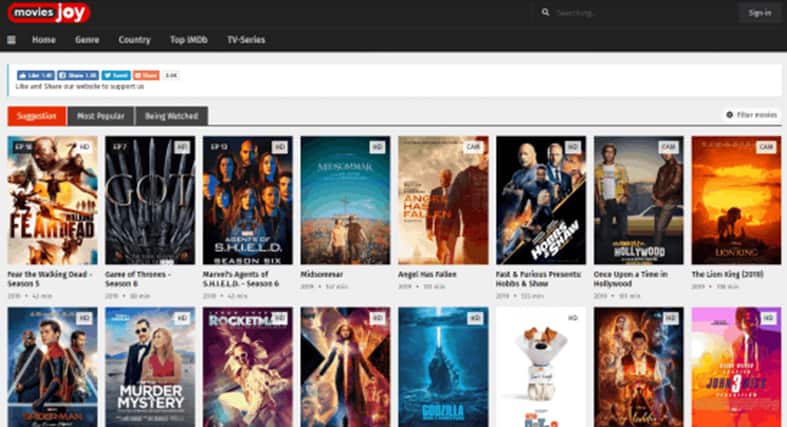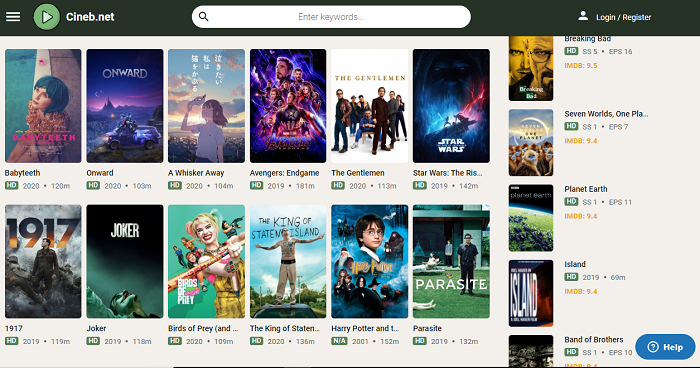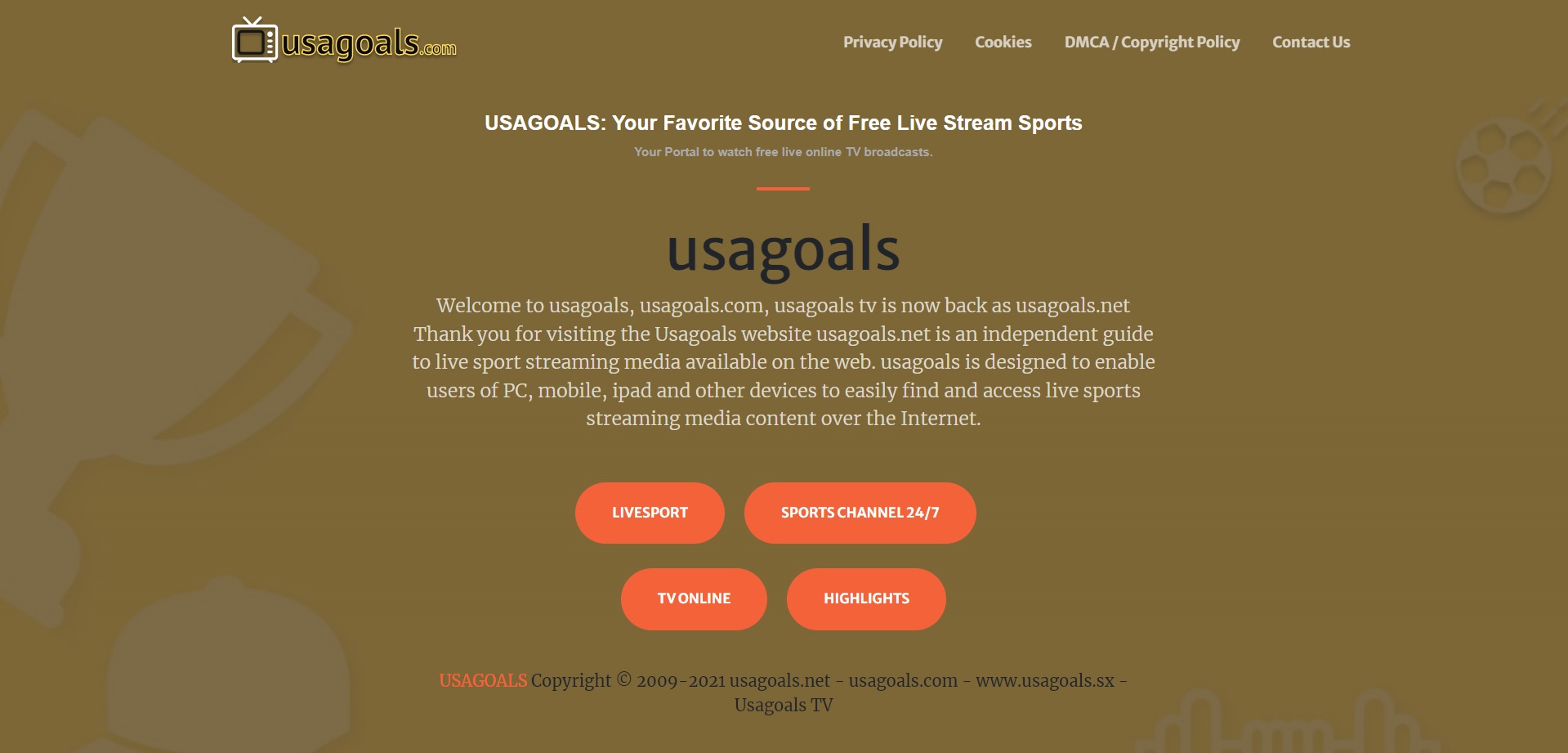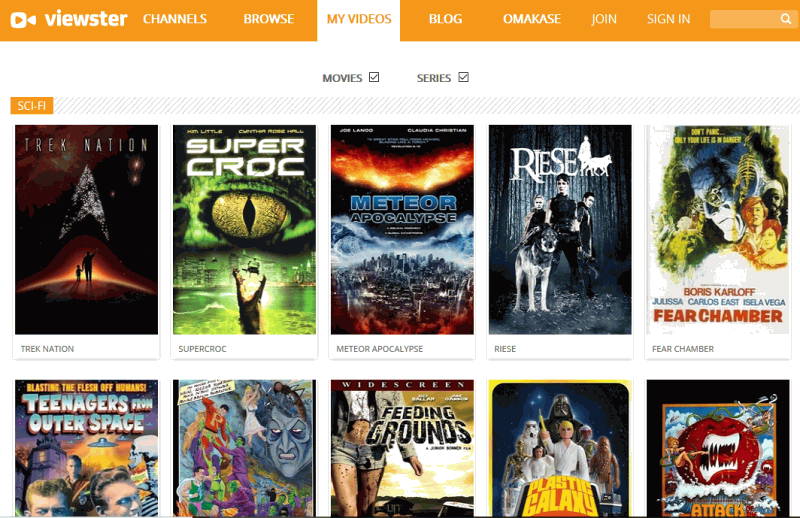Designing and developing top quality websites for a tech company presents enormous challenges.
The target audience and the business are both highly tech savvy, they tend to have a more functional and operational approach to design and they certainly expect something more than everyday, humdrum, run-of-the-mill.
The challenge is also about ensuring that the website design is attractive and persuasive enough to convert clicks into revenue, encourage a dialogue with potential clients and industry luminaries, offer a great UX and remain memorable for repeat visits.
Stunning design, creative yet easy navigation, clear calls to action, authoritative, fresh and original content, high quality images, focus on detailing, logical flow and superb personalization are some of the elements that are the hallmarks of superlative technology website design .
What Do Tech Websites Need?
Designing websites for B2B tech companies present a unique test of the designer’s skills. The issue is of being eye-catching, memorable, distinctive and yet professional.
With more than 557,000 tech companies jostling for space in the US marketplace, tech business owners have to ensure that theirs stands out from the crowd.
In 2019 alone, more than 13,000 start-up tech firms were launched.
The fiscal impact of tech companies on the national economy is pegged at nearly $2 million.
Given this scenario, tech company websites must pay attention to:
Branding, product positioning, and presenting an accurate UVP (unique value proposition).
It’s not just about selling a product/service. Instead, today, your website needs to provide “solutions to problems.”
With the dynamic nature of the business, unless you get noticed, it’s impossible to showcase your offerings. Your website needs to help you ramp up your digital footprint.
Tech companies tend to largely fall in the B2B category, though the lines are increasingly blurring. However, customers are deeply influenced by their UX in B2C experiences. They expect (and demand) their website experience in tech company websites to be on par, or at least close, in terms of communication, design elements, convenience and personalization.
Technology firms also tend to view marketing as being of doubtful value, providing results that are difficult to measure. It’s important that your tech website aligns your marketing strategy with your business objectives, and not focus just on sales.
Business owners of tech companies also know that profitability can be boosted by promoting their goods/services online. However, you could find it difficult to get a buy-in from your sales and marketing team who may find the idea too simplistic or difficult to comprehend.
It’s also important to understand your audience. You’re talking to a highly educated/trained/knowledgeable and informed group. Even casual visitors to your site would have some amount of familiarity with what you project.
The advantage with modern analytics is that you can create a typical persona through behavioral, demographic, geographic and other kinds of data that have been gathered on your website. This allows you to offer personalized interactions with clients and potential customers.
You can provide one-on-one product demos, interactive presentations, discussions etc. via your website.
How To Hire The Best Web Designer?
- Analyze Your Objectives: If you already have a website, is there something about it that needs to change? Is traffic low, does it look outdated, are you getting negative feedback from users, is your competition zooming ahead of you in website analytics? When you look at your website, decide whether you want a design refresh, refurbishment or a complete design overhaul. If you’ve expanded your business, moved to new locations, had mergers and acquisitions, attracted new talent, plan to launch new lines of business, etc, you need to share these aspects online. This makes it easier when you need to talk to a website designer before hiring them.
- Check Portfolios: Just as you would interview a candidate who applies for a job in your company, go through a similar process when you hire a designer. Shortlist a few candidates and spend time and effort going through their body of work. When you look at portfolios, check if they have worked on tech websites or not. No matter how creative/talented/tech intensive their work, if they don’t have experience working on technology business websites, it’s going to be an uphill task. Look at real websites that they’ve worked on and don’t settle for mere screenshots. Talk to previous clients and get feedback on how it feels to work with this designer. You could get inside information on their punctuality, communication skills, integrity, etc.
- Assess the Tech: This is your own stomping ground, so make sure that you get the details right. There are thousands of options available for website building and CMS. Evaluate how much flexibility you need, whether you can edit, is the architecture based on a particular server platform, what about security and support, what kinds of plugins do they use, etc.
- Skills and Availability: When talking to designers, get a firm idea on who exactly will be working on your project. Designers and design companies sometimes outsource or farm out certain parts of the project to freelancers. Are you comfortable with this? Will there be confidentiality issues? Check if the designer is truly available to work on your project. If you’re on a slim budget, designers can use a range of affordable options such as off-the-peg themes that are both fast and convenient to install.
- Firm Up On: One of the most difficult aspects of website design projects is to get a firm timeline. There could be a hundred reasons why deadlines aren’t met. Not all of them can be attributed to the designer. Often, clients fail to show up for meetings, or sign off on testing, drafts and mockups. There could be communication gaps between what was agreed on and what is delivered. Get as much of these things down on paper so that you and the designer are on board. Budget overruns are also quite common. While it’s important to stick to the letter of the contract, a little flexibility and space could yield great results.








Add Comment